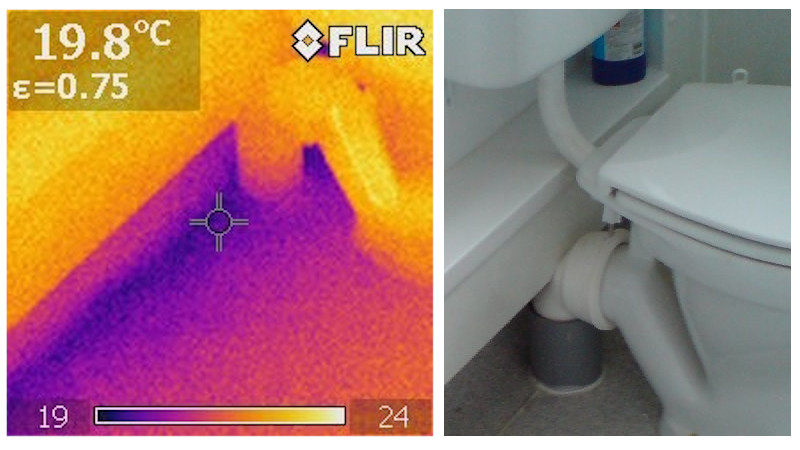The overall objective is achieved by deploying an energy-efficient and air-tight building fabric with stringent U-values and minimal thermal bridging, leading to a 69% reduction in energy use and emissions over the baseline. Beyond improved efficiency for appliances, lighting and renewable energy systems other unique features of this approach are:
- Minimise fuel bills for the tenant.
- Encourage a low-maintenance 'fit and forget' approach - crucial in the social housing.
- Use tried and tested materials and technologies that already exist in the UK supply chain, leading to a practical, cost-effective, replicable and scalable solution.
- User-centred approach: Pre-retrofit in-use monitoring and occupant feedback surveys were undertaken to understand the actual in-use characteristics of the house, and what occupants feel about it. This helped to select appropriate improvement strategies which will minimise unintended consequences and re-bound effect. A bespoke real-time monitoring and feedback system is incorporated to empower occupants to monitor and control energy use.
- Improve health, comfort and wellbeing of occupants: Extra measures are incorporated, such as use of low-solvent paints to improve the indoor air quality and water-efficient fixtures to conserve water.
- Impact on social housing: Use lessons to help Home Group rollout their housing stock.


